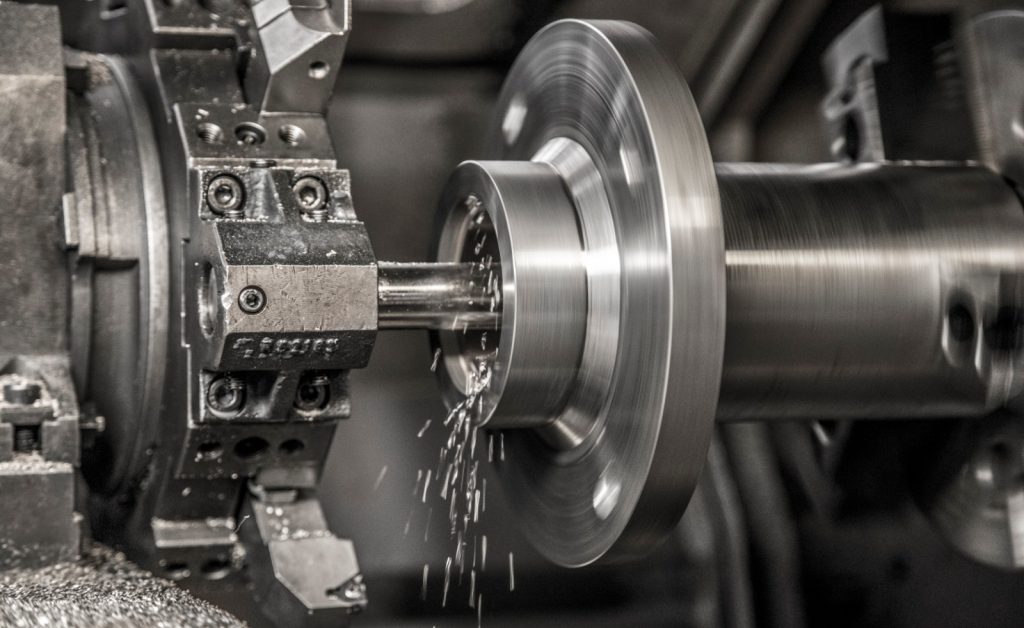In today’s industrial sector, many advancements are taking place, one of which is inductive sensors. Also known as proximity sensors, inductive sensors are used for non-contact detection of metal objects.
What is an Inductive Sensor?
One of the most frequently asked questions is: “What is an inductive sensor?” Inductive sensors are designed to detect metal objects at a specific distance. These sensors create a magnetic field within their sensing range. When a metal object approaches this magnetic field, it affects the field and alters the sensor’s output. This allows the sensor to detect the presence of metal within its sensing range.
Inductive sensors operate based on Faraday’s Law. Changes in the magnetic flux in a coil induce a voltage in a nearby coil. This phenomenon is described by Faraday’s Law. The sensor itself contains an oscillator circuit and a coil that induces eddy currents in a metal object nearby. The eddy currents reduce oscillations in amplifiers, indicating the presence of a metallic object through the reduction in oscillations.
Advantages of Inductive Sensors
Inductive sensors detect only metal targets and cannot detect materials such as wood, plastic, ceramic, or paper. Unlike photoelectric sensors, an inductive proximity sensor detects metal objects through an optical mechanism. Inductive sensors offer several advantages, including:
- Non-Contact Detection: Unlike limit switches, inductive sensors detect objects without mechanical contact, minimizing the risk of damage to the object or sensor due to contact.
- Rugged Environment Usage: They can be used reliably in harsh environments, including those involving contact with water.
- Durability: Most sensors are IP67 rated and resistant to oil.
- High Repeatability: Suitable for precise object positioning due to high repeatability.
- Stable Detection: Capable of stable detection even with fast-moving objects.
- Long Lifespan: Non-contact output ensures a long operational life.
Applications of Inductive Sensors
Inductive sensors are commonly used in industrial applications. They are employed in CNC-controlled machine tools, robotic applications, injection and extrusion machines, hydraulic presses, packaging machines, automatic machinery, and sheet metal cutting machines. They are also preferred in machine automation and factory automation applications.
Inductive sensors can also replace switches and limit switches. When used in appropriate applications and conditions, these sensors operate flawlessly as their contacts are electronic and thus are not affected by high voltage, short circuits, or impacts.
Features of Inductive Sensors
Inductive sensors are produced in cylindrical and rectangular shapes. They can detect objects from 1 millimeter up to 50 millimeters. While standard models used in general applications are cubic and cylindrical, special applications may require custom sizes. Cylindrical sensors are available with protruding or flush heads and come in diameters of M5, M8, M12, M18, and M30. As the diameter of the sensor increases, its detection range also increases.
For limited space applications, smaller sensors are used. For longer detection distances, larger diameter sensors are preferred. For example, M5 inductive sensors detect objects from 1 to 2 millimeters, while M30 inductive sensors can detect objects from 15 to 20 millimeters.

